Did you know that we have a podcast?! It is called Novel Ideas: The Library Podcast. You can find it on Sound Cloud, iTunes and Google Play.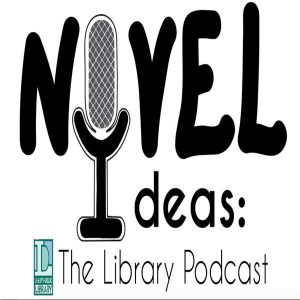
It has been a lot of fun being able to sit down with Alyssa and several of our staff and talk about books. I have learned a lot about my fellow librarians through our chats and listening to the podcasts. Each of us have a wide range of interests and thoughts. We have chatted about things ranging from cookbooks, re-reading and David Sedaris. We always bring along a nice hot beverage and some snack to enjoy while we are talking. So grab yourself a cup of tea and listen with us!
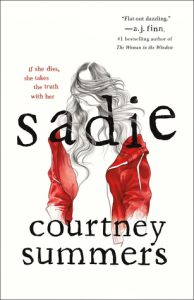 Sadie by Courtney Summers
Sadie by Courtney Summers
First line: It’s a beautiful day in the city.
Summary: Sadie has had a tough life. Her mother abandoned her at a young age. She took care of her younger sister, Mattie, until the day that she was found dead. Sadie is determined to seek revenge for her sister’s murder. She leaves town in search of the man she believes to be the culprit. When word of Sadie’s disappearance reaches the ears of West McCray, a radio personality doing a serial podcast, he starts to look into what happened to Sadie.
Highlights: I loved the way this story was constructed. It is very different than any other book I have read. It alternates between Sadie’s story and point of view to a podcast detailing the search for Sadie. It was a great book to listen to which is how I would recommend it. There is a full cast for all the characters. This brought the story to life and gave it a more realistic feel.
The story is heartbreaking. Sadie had a hard life with a mother who was not very involved. She brings home men including Keith. Listening to Sadie’s determination to find him is fascinating. With every little twist and turn I was continually nervous and cheering her on. The ending is hard. Be warned you will feel all the feelings with this book.
Lowlights: I struggled in the beginning while the story is building. It was a little slow moving until the story reached the halfway point it picked up and took off.
FYI: Trigger warning: child abuse and language.




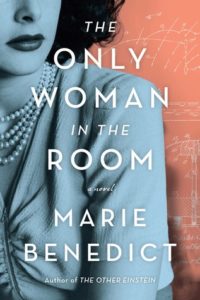
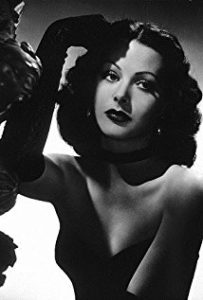 fantastic job of blending truth and fiction.
fantastic job of blending truth and fiction. items range from new and popular to the classics.
items range from new and popular to the classics.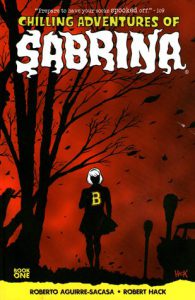

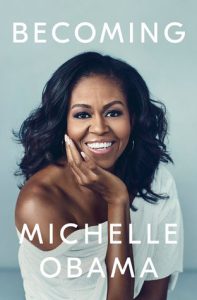
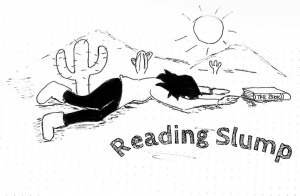



 of historical fiction novels. When I was younger my interest was on World War II and the Holocaust. It was and is hard to imagine what happened and reading about it helped me to understand it better.
of historical fiction novels. When I was younger my interest was on World War II and the Holocaust. It was and is hard to imagine what happened and reading about it helped me to understand it better.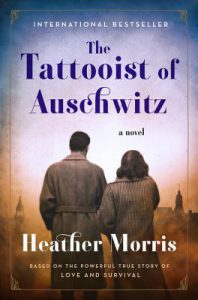 The Tattooist of Auschwitz
The Tattooist of Auschwitz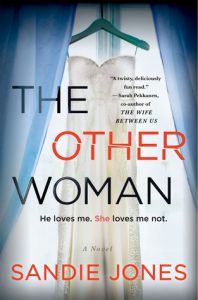
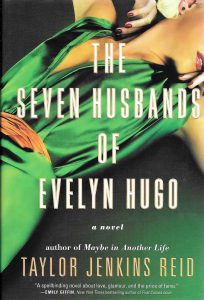
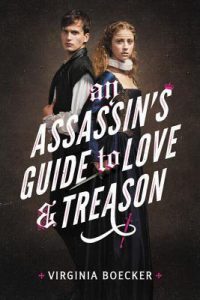 First line: It is not the usual interrogation.
First line: It is not the usual interrogation.